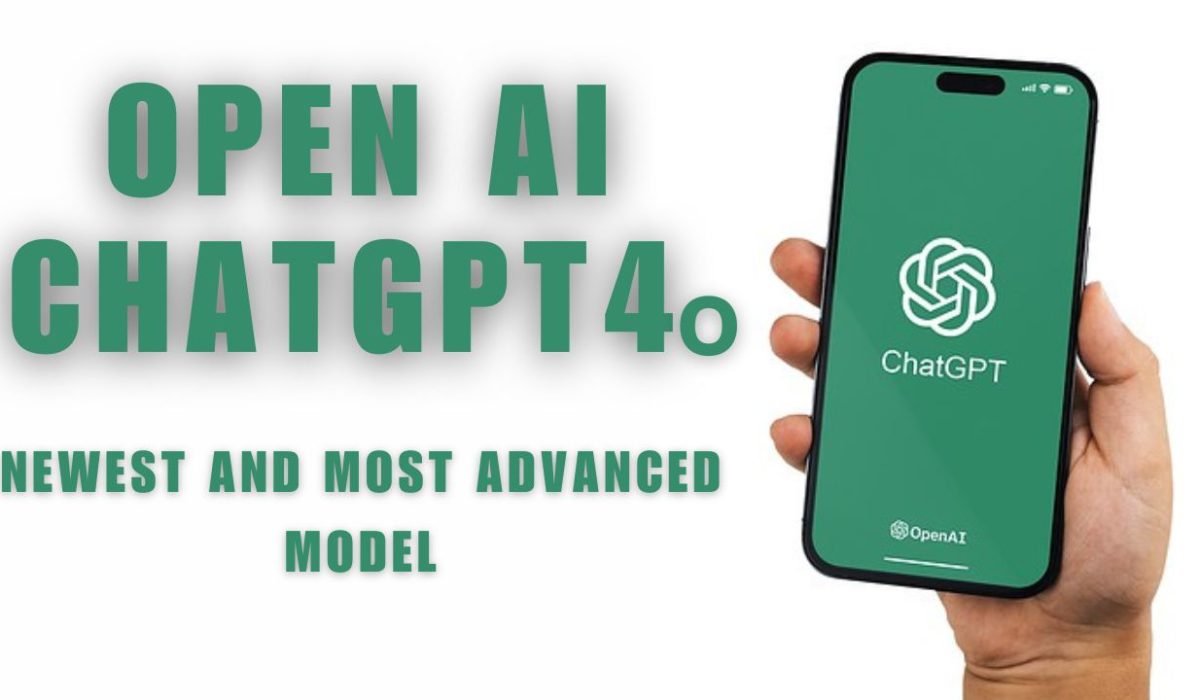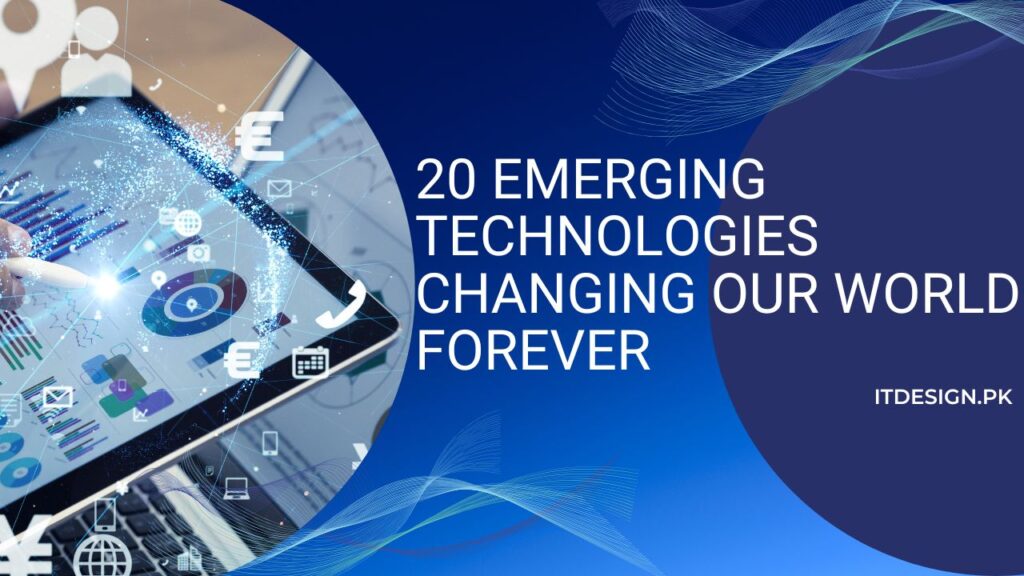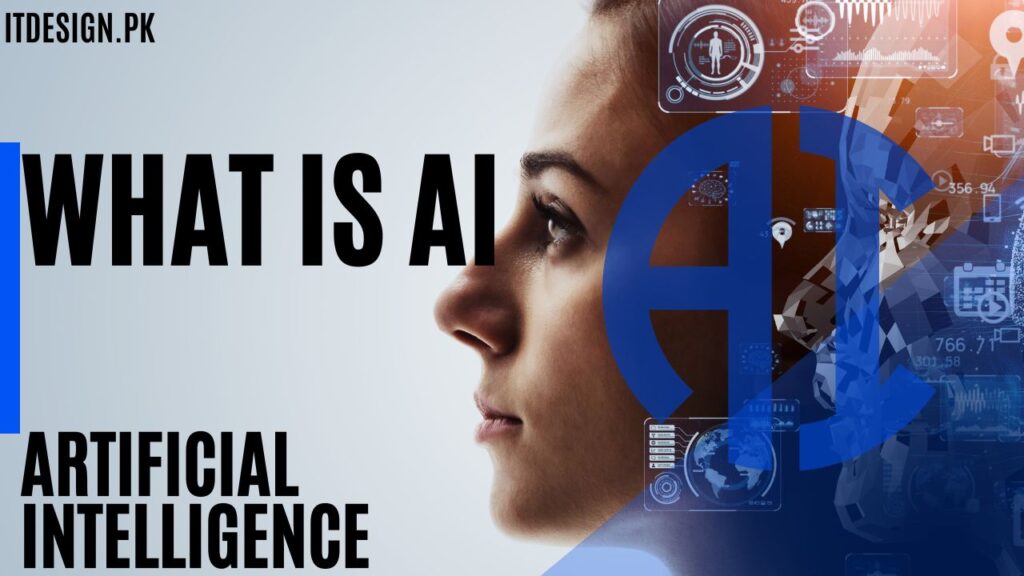Table of Contents
ToggleIntroduction to GPT-4.0
It is officially known as ‘chat’ GPT, which is GPT-4.0. A language model for the next generation of artificial intelligence. This language model, which was built by OpenAI, is a significant step forward in the history of artificial intelligence. greater capabilities, greater safety, and a more user-friendly interface are some of the goals of the most recent version, which is intended to be widely used in a variety of applications. In this message, we will discuss the primary characteristics of the GPT-4, including its benefits and drawbacks, the influence it has on a variety of professions, and how it compares to earlier models.
Key Characteristics of the GPT-4
Enhancement of Capabilities
In terms of advancements, this is among the more notable ones. An example of an “all-in-one” function is the GPT-4, which, in contrast to earlier versions, is capable of accepting both picture and text input and generating similar content. Because of this, it is more functional throughout a wider range than its predecessors. Furthermore, this function can be easily utilized in a variety of sectors, including the creation of digital content, the management of ever-increasing mountains of data, and the design of user interfaces for middleware, which are all circumstances in which visual and textual components need to be combined into a single coherent image.
A Better Overall Performance
In its entirety, GPT-3.5 has been replaced by GPT-4. This significantly expanded model is capable of performing any work that the GPT-3.5 was unable to. Despite the fact that OpenAI does not provide the precise number of parameters that it uses, it is evident that the improved capability of GPT-4 enables it to get higher outcomes in a variety of standardized exams, including those that are used in professional and academic fields. An example of this would be the GPT-4 being among the top ten percent of test takers who are successful in passing a simulated bar exam. This demonstrates not only the level of the test but also the level of advanced reasoning it possesses.
Compliance and Safety Measures
In order to solve concerns regarding the security of content generated by artificial intelligence, GPT-4 was developed. Techniques known as Reinforcement Learning from Human Feedback (RLHF) are utilized in the production of this product. Although human raters compare outputs in an effort to reduce harmful and biased results, it is highly unlikely that they will be able to discover every single incident of bias or error. As a consequence of this, GPT 4 is claimed to be 82% less likely than GPT-3 to produce information that is rejected, and it is also 60% less likely to invent new facts. All of these factors combine to make GPT 4 a more trustworthy and ethical artificial intelligence tool for sensitive purposes.##
Advantages and Possible Applications
The Use of Businesses and Organizations
Because of its capacity to do difficult jobs, GPT-4 is an asset that enterprises may derive significant value from. When it comes to managing tasks like as summarization, scheduling, and decision-making, it completely dominates the competition. These have the potential to be more accurate than the parts of the human brain that are capable of doing so on their own. As an additional benefit, the introduction of GPT-4 Turbo and GPT-4o offers organizations solutions that are both more efficient and less expensive. In particular, the combination of GPT-4o’s fast speed, lower cost, and increased support for multiple languages makes it an appealing choice for businesses operating on a global scale.
The fields of Education and Research
The development of GPT-4 has the potential to bring about significant benefits for the educational sector. Because of its advanced reasoning and problem-solving capabilities, it can assist in the development of intelligent systems in education. Self-scoring tests can learn automatically not just from experience but also by machine; it encourages students to have personal learning experiences on an individual basis. Additionally, researchers have the ability to utilize the vast amount of knowledge and analysis skills that GPT-4 possesses to a variety of domains, including literature reviews, data analysis, hypothesis development, and many others.
Industries of Creativity
By providing content makers with a sophisticated tool that can generate high-quality text and visual content, GPT-4 can be an invaluable resource. As a result of its capacity to comprehend and imitate human-like prose and art, it can be utilized for a variety of purposes, including but not limited to multimedia production, graphic design, and writing. The ability to present stories in a multimodal manner offers up new possibilities for interactive storytelling and immersive experiences.
Limitations and Obstacles to Overcome
Accuracy and dependability are essential.
In spite of the progress it has made, GPT-4 is not without its shortcomings. It continues to have a propensity to produce “hallucinations” or incorrect information, which is a significant challenge for artificial intelligence language models. This constraint highlights the need of human supervision and emphasizes the requirement for ongoing advancements in the methods of AI training in order to ensure the reliability of the material that is acquired. (Source: TechRepublic)
Concerns Regarding the Privacy of Data
An additional obstacle to overcome when it comes to the protection of the data is this. OpenAI has implemented several safeguards to protect the data of its users, and it is not permitted to be used for the purpose of training models without the explicit consent of those users. On the other hand, the risk of data security being breached is still present. It is also important for individuals and businesses that use GPT-4 to pay attention to the types of data that they submit into it. But if that doesn’t happen, this could turn into an inherent vulnerability.
Implications for Ethical and Social Behavior
At the same time that cutting-edge artificial intelligence models like GPT-4 are being introduced, problems regarding ethics, the displacement of jobs, misinformation, and even exploitation are being raised. While OpenAI is collaborating with independent researchers to better understand and avoid these dangers, it is important to note that the nature of artificial intelligence development is always evolving, which means that new difficulties will emerge in the future (outside of OpenDoc).
Comparative Analysis Using Previously Used Models
Comparing the GPT-3.5 to the GPT-4
Scale, performance, and security are all areas that will see gains as a result of the transition from GPT-3.5 to GPT-4 configuration. Because it has a larger modeling size and more training data, GPT-4 is able to deliver answers to issues that are more complicated. In addition, the fact that it is capable of handling photos in addition to text is the next significant step when compared to the text-only status of GPT-3.5. With this many-modal revolution, it is anticipated that the area of applications will be significantly expanded, and the user experience should be improved.
Turbo the GPT-4 and the GPT-4o
Additionally, in order to cater to the various requirements of its users, OpenAI has introduced variants such as GPT-4 Turbo and GPT-4o. The GPT-4o has been created as a speedier, more cost-effective alternative that is capable of handling high rates-per-bands of operation. This is in contrast to the GPT-4 Turbo, which offers higher processing speeds and larger contexts to take into consideration when it comes to using it for data entry. The vast majority of users will find it suitable as a result of this.
Final Thoughts
An incredible step forward in terms of the capabilities of artificial intelligence is represented by GPT-4. The multi-modal capability, top-notch performance, and environmentally friendly development procedures are some of the reasons why businesses and teachers alike find it appealing. This is because the administration operations have been restructured, the security provisions have been considerably enhanced, and the versatility has increased. The users, on the other hand, are the ones who are responsible for addressing the challenges of ecosystem ethics and limitations.
When it comes to the development of artificial intelligence technology, it is extremely necessary for developers, users, and policymakers to collaborate closely in order to find solutions to problems and reap the benefits of these most advanced systems. GPT-4’s development and release establish a new benchmark for artificial intelligence innovation. This paves the way for innovations and applications in the future that have the potential to transform the way in which we interact with technology.



